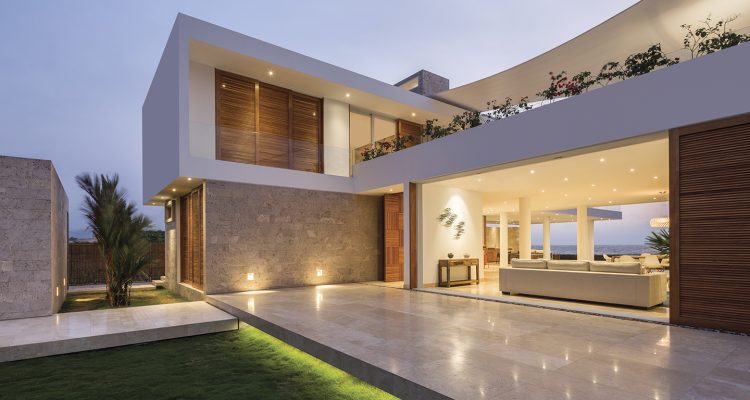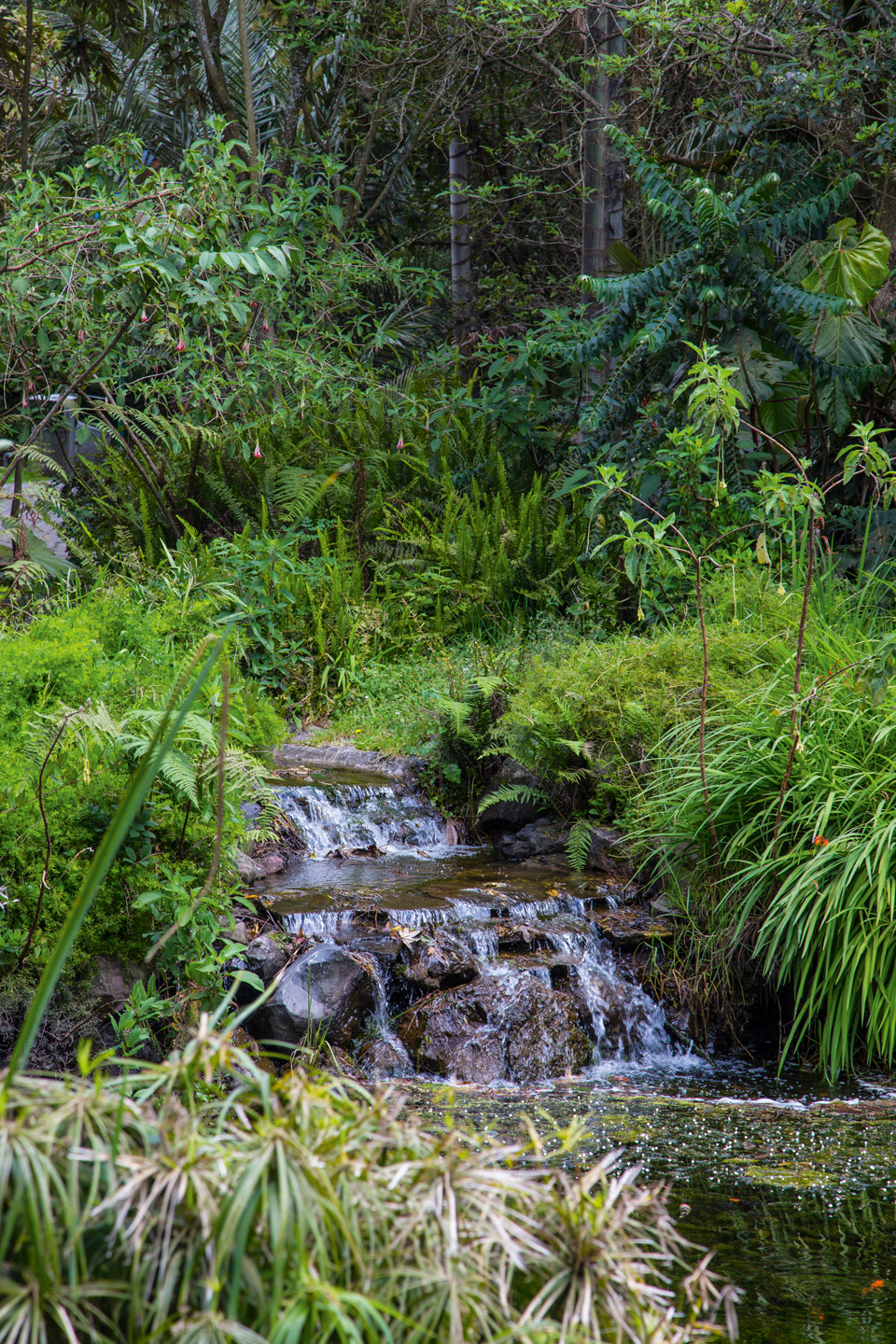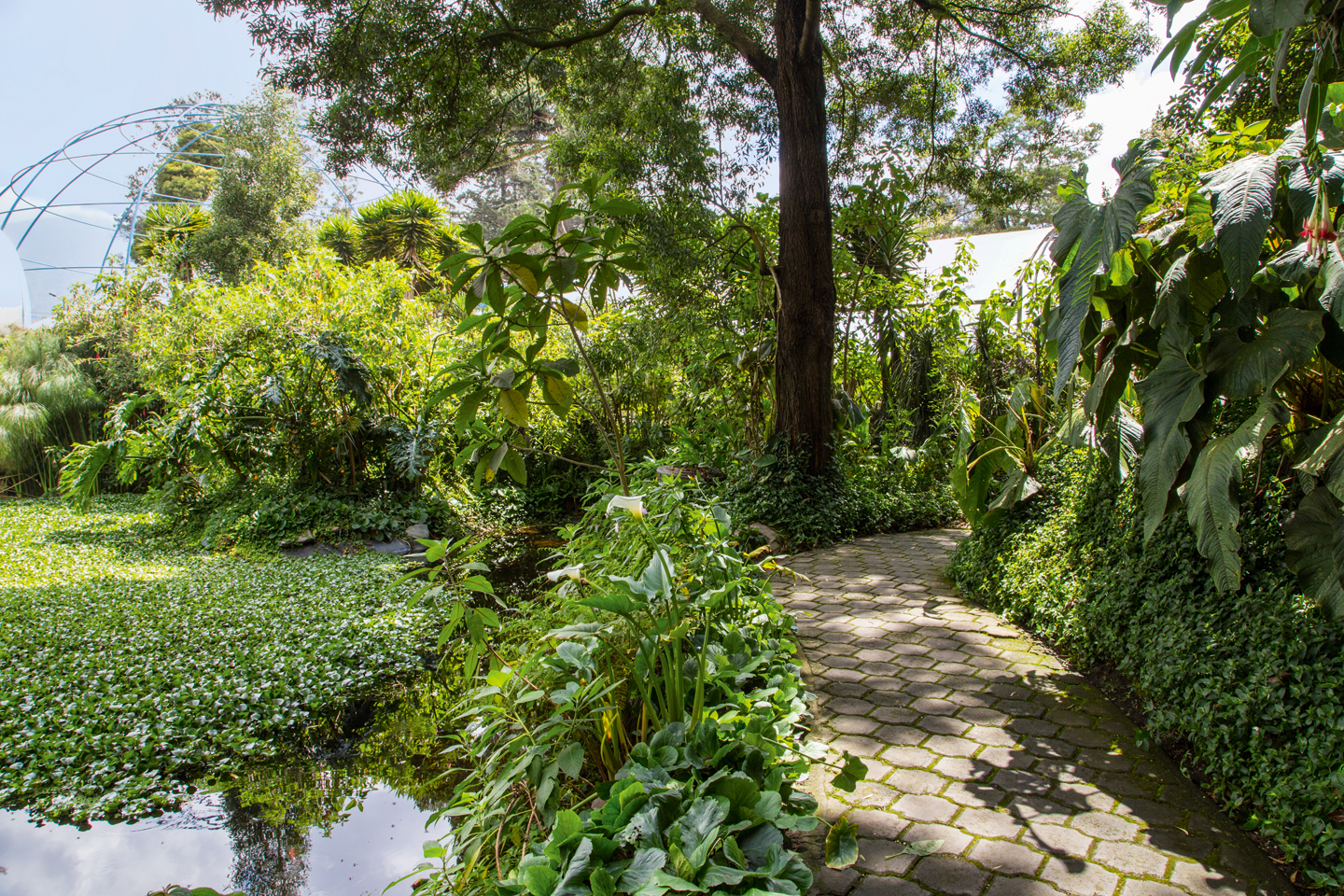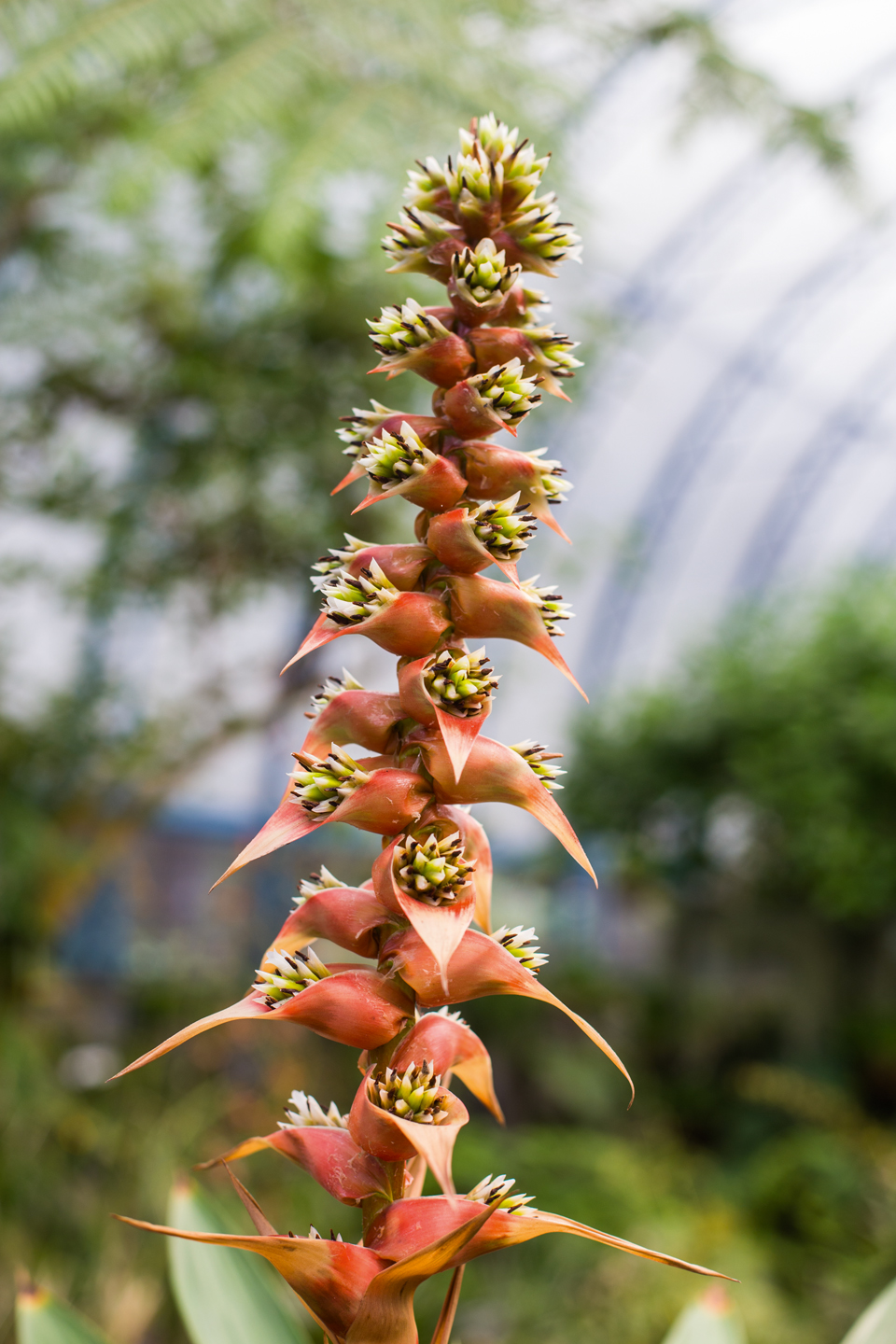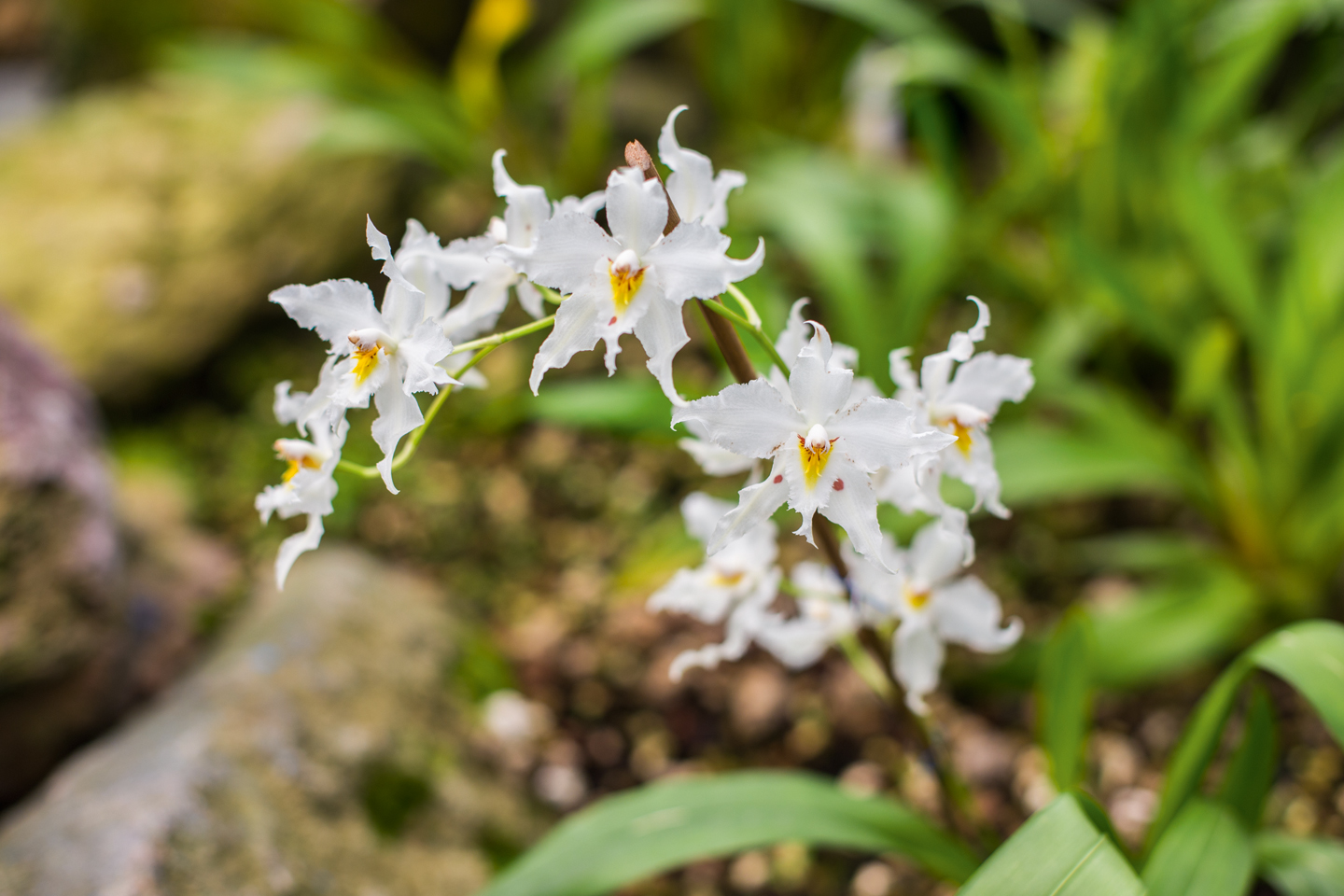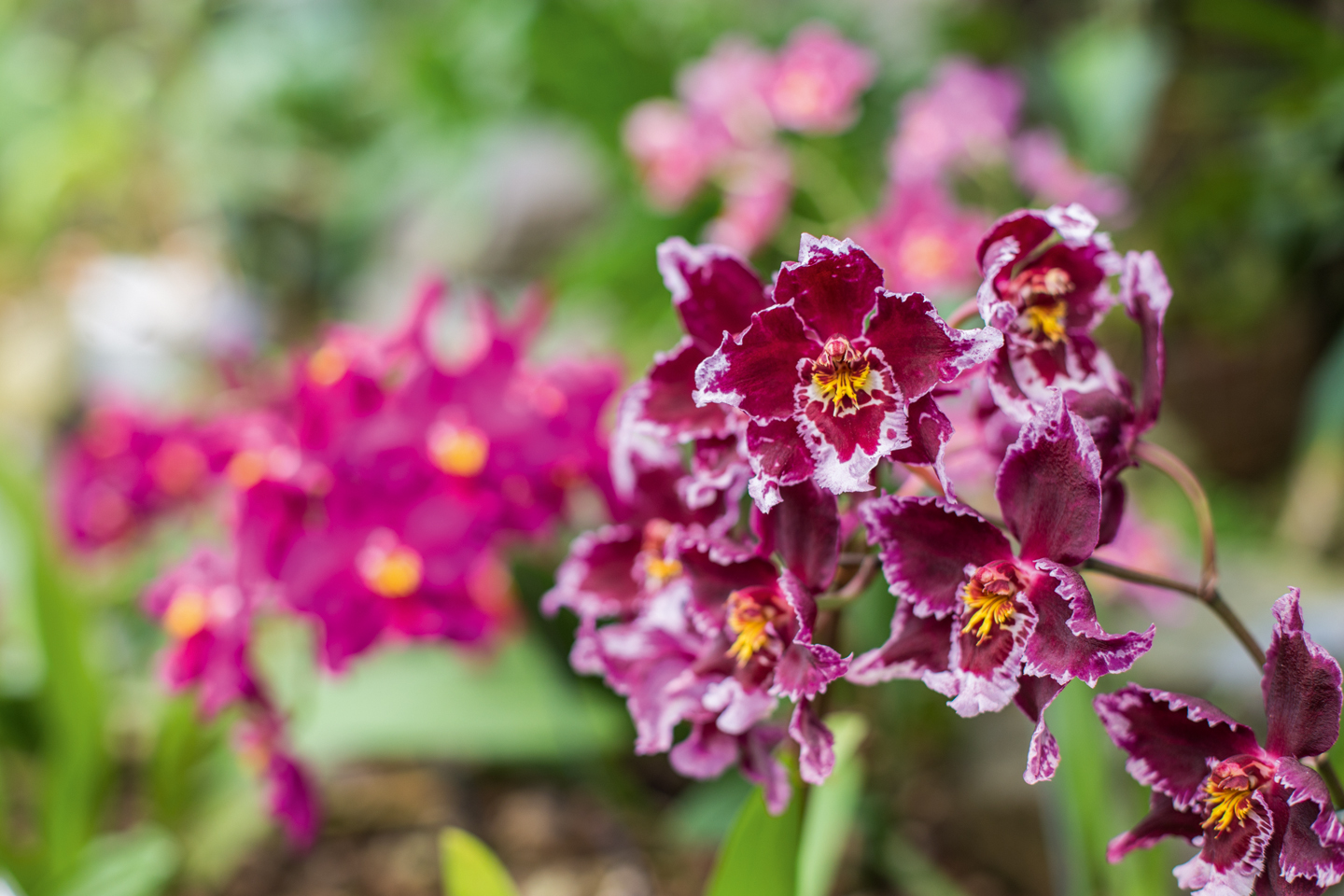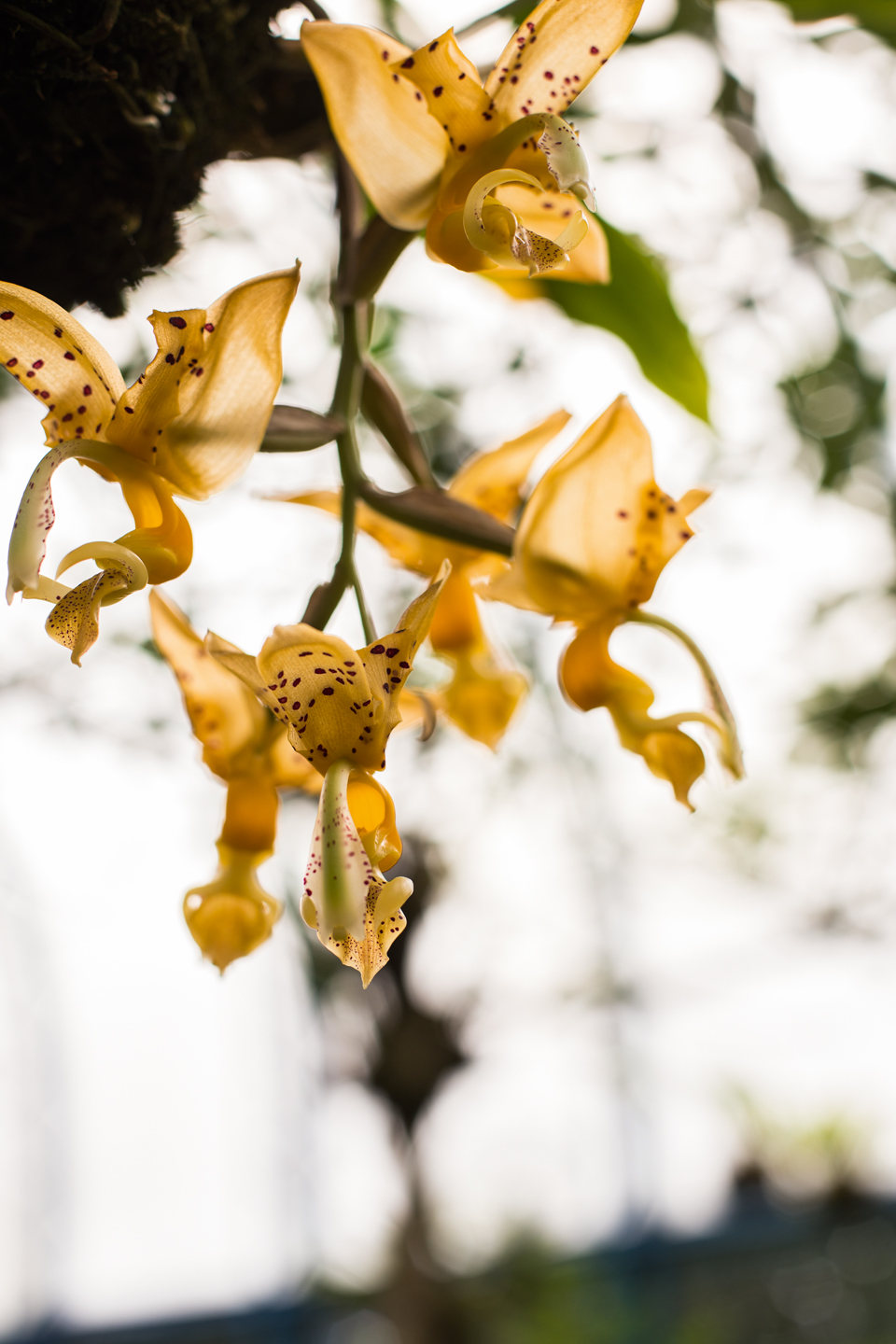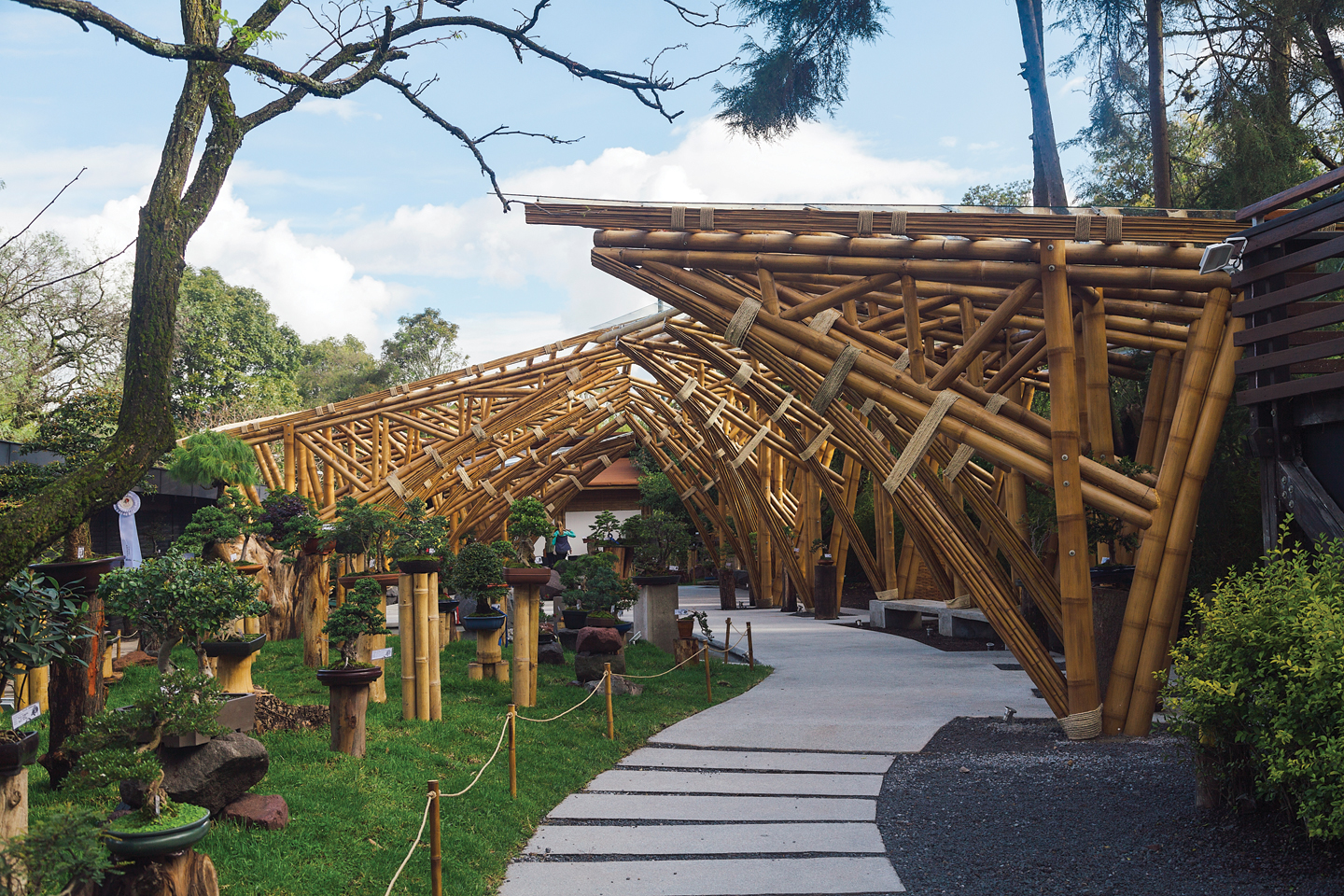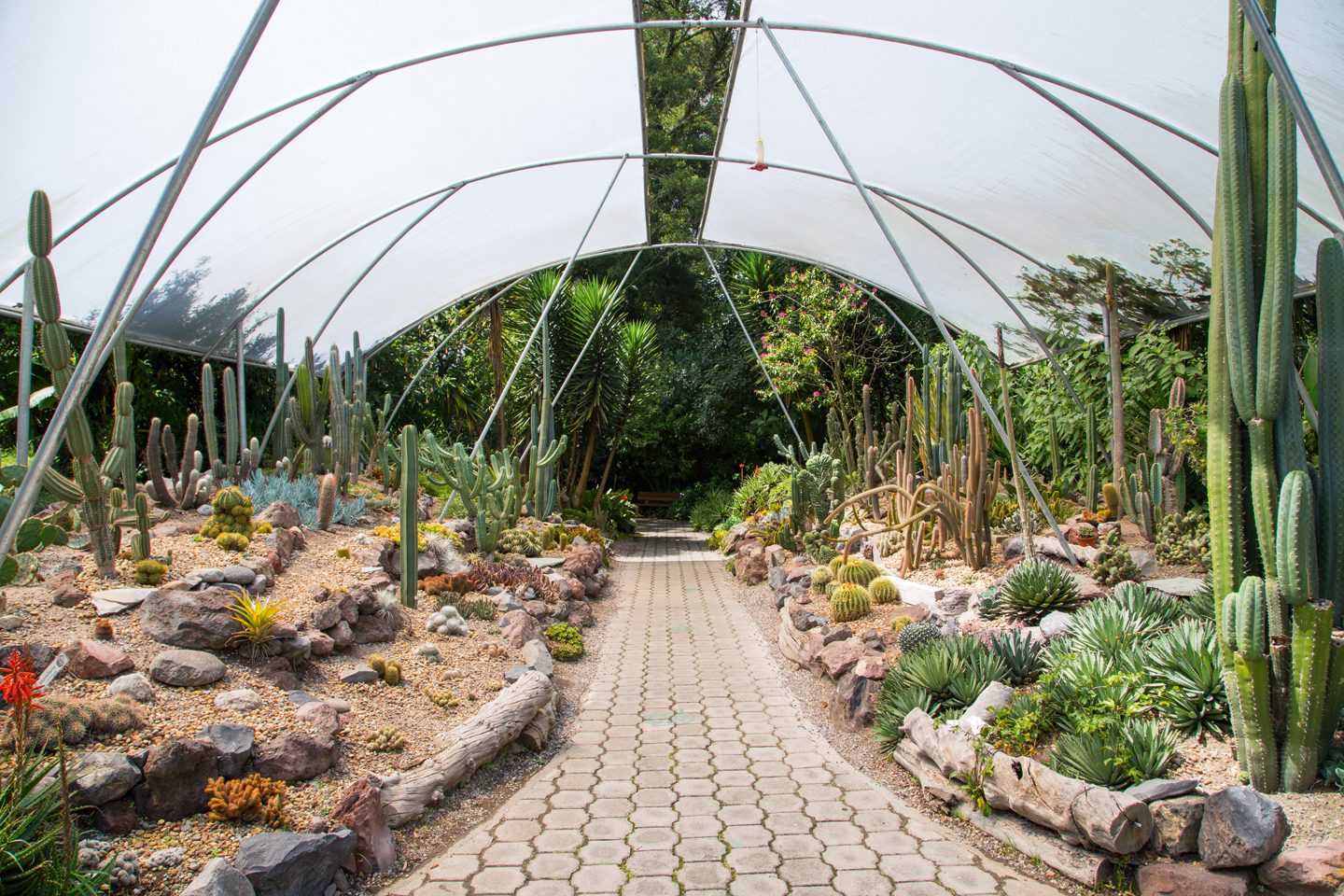QUITO
The Botanical Garden
La Carolina park, aside from being one of the most important natural spaces in the Ecuadorian capital, is a popular destination for sportspeople, families, tourists, children and senior citizens alike. The activities at the park are innumerable, but there is one visit that is obligatory for Quito locals and tourists, which presents the unique opportunity to get to know the amazing biodiversity of the Ecuadorian sierra.
We are of course referring to the Botanical Garden, located in the heart of Quito’s most popular park, which allows visitors the chance to take a unique tour of the main ecosystems of the Andean region: wetlands, cloud forest, moorland, thorny dry scrub and ravines.
This project began to take shape towards the end of the eighties, but it wasn’t until 2005 that it opened its doors to the public. Despite being a relatively young Botanical garden, compared to those that exist in other large cities, the garden brings together an impressive collection of thousands of species of flora and a record 120 species of birds, all in a space of 18,600m2. The Botanical Garden is open 365 days a year, without exception. Visits can be individual or made to accommodate larger groups.
The truth is that entering the Botanical Garden is a magical experience. The noise of the city is immediately isolated, the fresh air mixed with the aroma of the different plants and flowers: for a moment it would seem that we were hiking in the depths of a cloud forest. You can easily hear the chirping songs of the birds that walk freely through the leafy trees.
The foremost attraction of the Botanical Garden is in its display of orchids; it boasts a spectacular collection of these plants, both for purposes of education and terms of conservation. In this space alone there are 15,000 plants that correspond to about 800 different species. It is certainly a fitting tribute to the Ecuadorian orchid.
The Botanical Garden has its own Andean lagoon, allowing for a very real and vivid representation of the Andean wetland. This has become home to many animals, including fish, frogs, birds and butterflies. The tour around the lagoon is fantastic: it provides the perfect opportunity to take a moment to stop, breathe and really absorb the natural beauty of your surroundings.
The most interesting feature of the gardens cloud forest is the number of large trees that sustain various other species, living in harmonious coexistence. Mosses, ferns, bromeliads and anthuriums are just a few examples of the flora that can be found in this ecosystem, relying on the larger plants for sustenance.
In addition to the tour of the ecosystems, the visit includes various other options for activities: for example, you could go exploring in the different greenhouses.
There are rare tall and subtropical orchids, flowers of the northwest and carnivorous plants to be discovered that are an attraction for adults and children alike.
Recently a biodiversity classroom was opened on behalf of the Metropolitan District of Quito, which complements the outdoor experience. The objective is to sensitize and detail the biodiversity of our environment, teaching the next generation the importance of the ecosystems in an educational and interactive way. With holograms and play pieces, you can learn about everything from hummingbirds and Andean bears, to toads and other species that inhabit the Andean region.
To close with a flourish we visited the Bonsai Museum, an attraction that was recently inaugurated thanks to the contribution of Ruthie de Horvarth and to the administrative management of Carolina Jijón. It is the first living museum in the country, attracting both the small sample of trees it presents and the impressive bamboo structure that houses them. The architecture of this space is authored by the Ecuadorian architects Macarena and Sofía Chiriboga, from Studio M + S. This brand new collection opened its doors in May, and from July 1 will be devoted as a permanent exhibition. Previously, these species had already been presented, but now there are 120 trees that display the magnificence of this botanical art.
The cultivation of bonsai is of oriental origin, and requires specific development of pruning and transplanting techniques. Carolina Jijón, Executive Director of the Botanical Garden, explained to us that the exhibition and the museum itself is a great contribution to the community, due to the growing acceptance and popularity of bonsai. “Virtually any species can become bonsai, of course there are some species that are easier to work than others.” To complement the oriental art displayed in the bonsai museum, the Botanical Garden will inaugurate a Japanese garden that is expected to be ready after the summer.
To take a complete tour and truly enjoy each space requires approximately an hour and a half. Of course there are those who extend their visit by having a coffee or a cold drink outdoors at Maihua, the Botanical Garden store, where you can also buy plants and learn all about their care.

